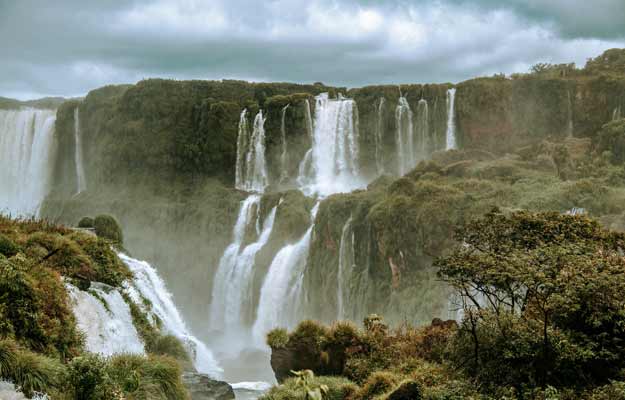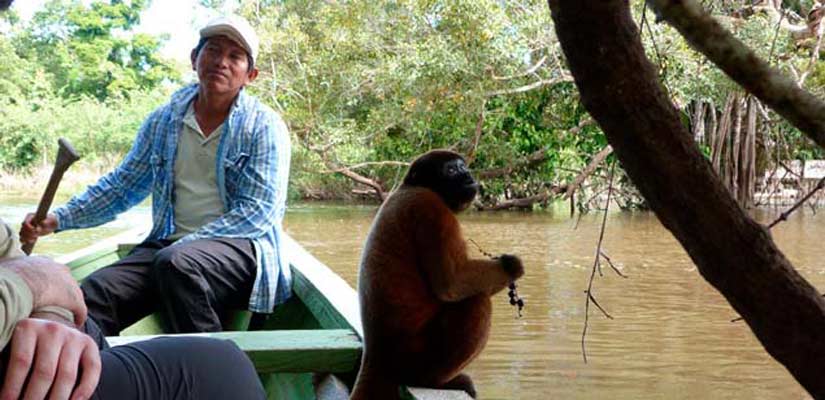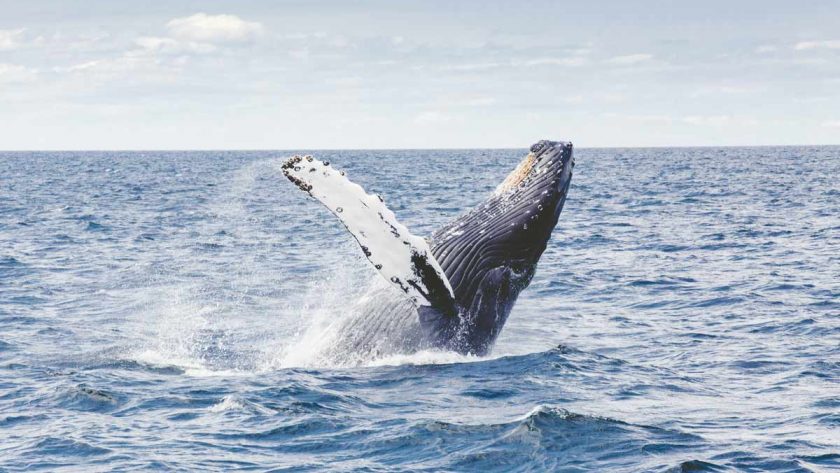This post is also available in:
 Español
Español
International Biodiversity Day is celebrated every year on May 22nd. Thanks to this day, a voice is given to the loss of biodiversity and a little more value is placed on being able to maintain and continue to enjoy mother earth.
To join the celebration, here are the most biologically diverse countries in Latin America. In Latin America lives 60% of the terrestrial, marine and freshwater fauna due to the ecosystem of the Amazon.
International Biodiversity Day: Brazil
In the top 1 of countries with the most biological diversity is Brazil with about 2.4 million species.
Brazil represents between 15% and 20% of the world’s biodiversity. If that seems overwhelming, you only have to go to Brazil or Iguazú Falls, one of the most biodiverse areas, to see it for yourself.
On the one hand, it has the largest number of mammal and freshwater fish species. The golden poison dart frog and the black marmoset are part of the endemic fauna of the area.
On the other hand, there is a lot of very diverse flora. There are more than 50,000 species of trees and shrubs despite the constant loss of tropical forests. The bamboo Aoclada simplex is one of the jewels of plant diversity.
This is possible because of the different ecosystems and natural areas such as savannas, mangroves, wetlands… And obviously the Amazon rainforest, which is called “the lungs of the planet”.
Also, the amount of water available for life to thrive is undeniable in Brazil. And it preserves 20% of the fresh water of the entire planet.

Colombia
Despite its small size compared to Brazil, Colombia takes the number two spot of the most biodiverse countries. Facts you should know on International Biodiversity Day.
Colombia, in its 1.1 million km2, is home to 10% of the world’s biodiversity. It is a paradise full of different landscapes and ecosystems where most of the planet’s amphibians and birds live.
Just take the 4-day Lost City tour. You can go and check it out!

Ecuador
In commemoration of International Biodiversity Day, you should know that Ecuador is in the top 3 countries with the greatest biodiversity in Latin America.
So if you travel to Ecuador and you are looking for biodiversity you are in luck because it has a lot of natural places to visit. Among them El Cajas National Park and Yasuni National Park .
Despite being the smallest country on the list, 382 species of mammals live in this country. This amount is 7% of the species worldwide.
Also present are 9% of frog species and 18% of the total number of recognized birds.
But not only that, the Galapagos Islands are home to the greatest variety of endemic species in the world.
It seems that the lakes, volcanoes and part of the Amazon rainforest provide an ideal ecosystem for squirrel monkeys, sloths, toucans and macaws to live in. What a great life !
In addition, in northwestern Ecuador is the largest wetland in the Ecuadorian Amazon,the Cuyabeno Reserve. This habitat is considered one of the most diverse because of the number of animals you can find.
A place that is recommended to visit for several days, we recommend you the 4-day Cuyabeno Reserve tour.
Mexico
Mexico is home to more than 40% of the world’s marine mammal species. It also represents one of the richest and most abundant wild lives.
It is recommended to travel to Chichen Itza and sacred cenote for its spectacular historical monuments but, if you take a 360º trip, you can also enjoy the country’s wildlife at the Sian Kaan Biosphere Reserve.
Also, the world’s second largest reef, the Gulf of California, is home to species such as blue whales, killer whales, sea turtles and gray whales.
In short, in Mexico you will find hundreds of endemic reptiles and amphibians, unique to the area. That is why it is ranked number 4 in the ranking.

Peru
In fifth position is Peru, home to native animals such as the condor, llama and alpaca.
It is also the first country in diversity of diurnal butterflies, third in birds and fourth in mammals.
Visiting Machu Picchu and the Sacred Valley is sure to be on your list when you travel to Peru, but don’t forget discover the Iquitos Jungle.
The Iquitos Jungle is Peru’s Amazon and occupies 76% of the country, do you already know what to bring to the jungle? You should also know the Pacific coast and the Andes where many living beings live.

Venezuela
Last in the ranking of Latin American countries with the greatest biodiversity is Venezuela.
That it is the last one doesn’t mean that it is less impressive than the rest. Like other southern countries, it has several regions such as the Andean, the Atlantic, the Caribbean, the Amazon and the Llanera.
enezuela is home to a large number of species, the Sira poison frog and the tepui-filled savannah (abrupt plateau) stand out.
In this country you can find the world’s largest waterfall, called theAlto del Angel.
You can now boast on International Biodiversity Day about the most biodiverse Latin American countries. Which fact did you find most curious?






